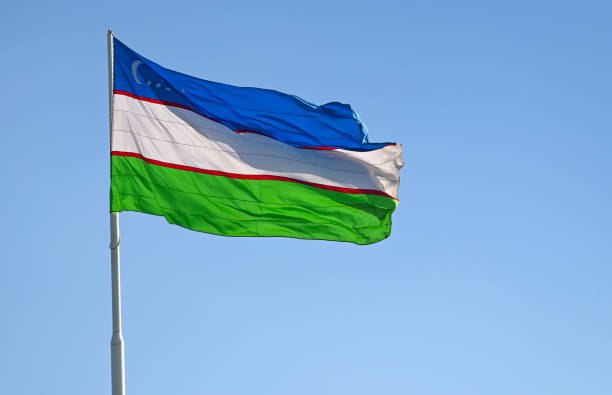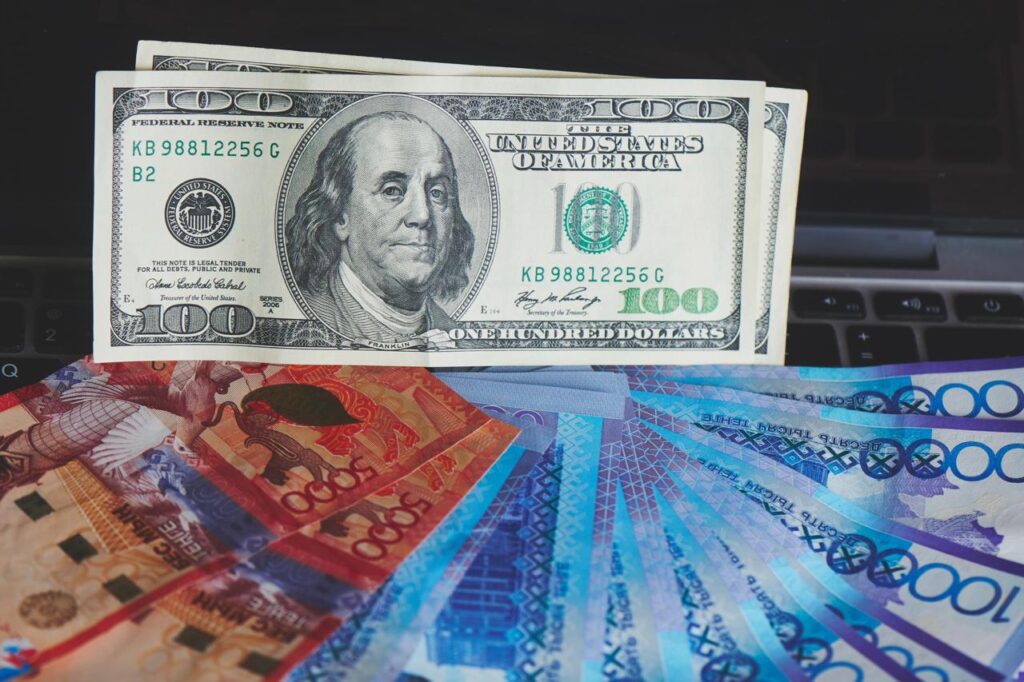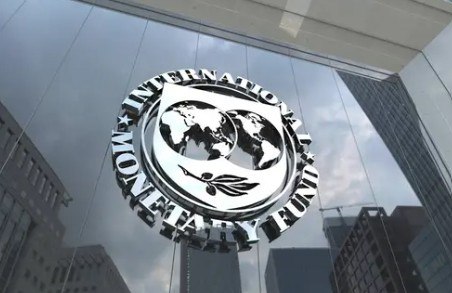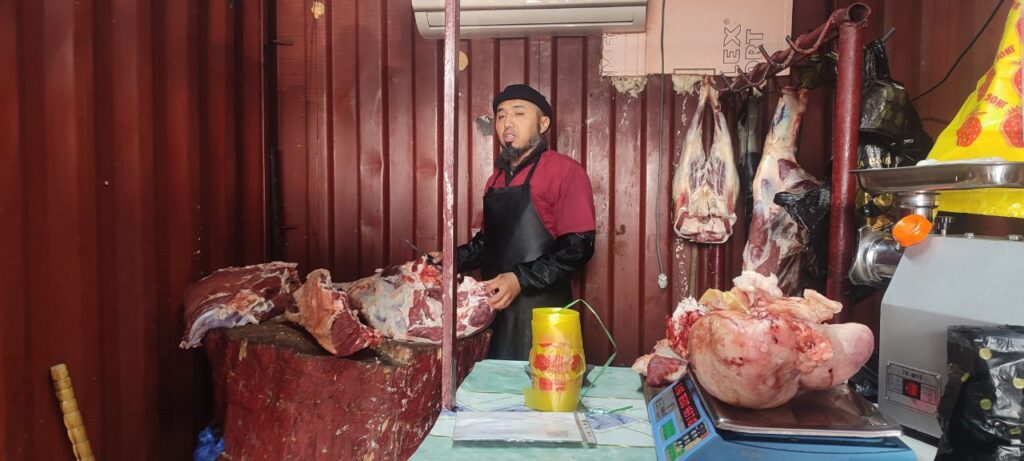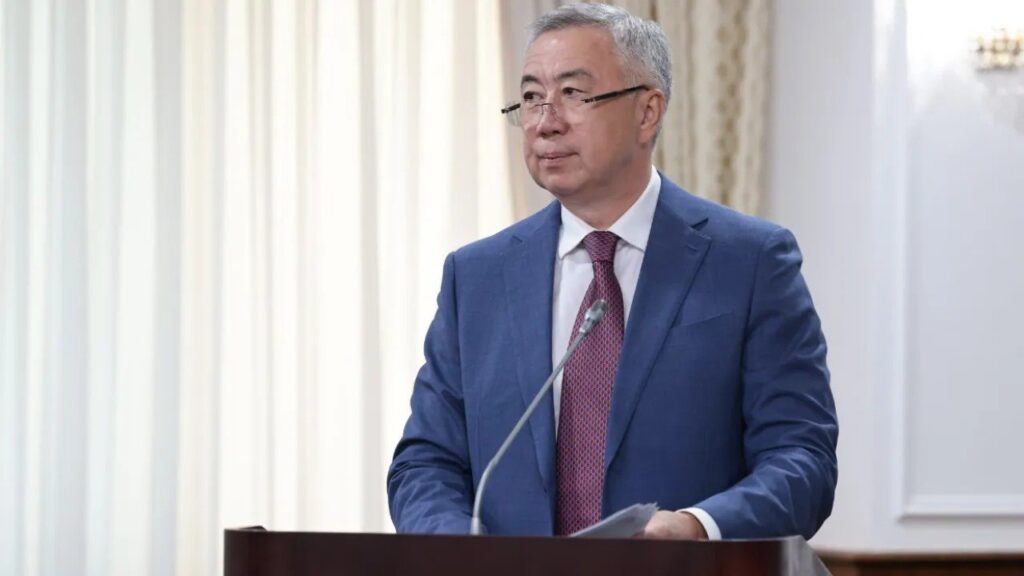Amid the war in Ukraine, as well as various geopolitical turbulences that threaten to fundamentally change the current global order, Kazakhstan is aiming to attract more foreign investment. The war in Ukraine has so far had a relatively positive impact on the economies of most Central Asian nations, giving Astana room to achieve its ambitious goal of attracting $150 billion in foreign direct investment by 2029.
Kazakhstan, along with other neighboring actors, used the Russian invasion of Ukraine to develop closer economic ties with the West, namely with the European Union. It is therefore no surprise that, in 2022 and 2023, the EU member Netherlands invested over $12 billion in the Kazakh economy, making it the leading foreign investor.
The United States, according to the official statistics, is the second-largest investor, with Switzerland rounding out the top three. Although between 2005 and its total foreign direct investment (FDI) reached $402 billion, Kazakhstan’s innovation agenda aims to attract $150 billion of FDI in the next five years while doubling the country’s GDP.
The problem is that in 2023 the inflow of foreign direct investment into Kazakhstan decreased by 32.3%, which suggests that Astana may have a hard time finding ways to attract more capital into the Kazakh economy. Experts claim that there is no comprehensive development strategy for both industries and regions in Kazakhstan, which limits investments in its economy. But the creation of platforms with tax preferences, an independent regulator, and a regulatory environment based on the principles of British law are believed to contribute to the active development of entrepreneurship.
In other words, the authorities in Kazakhstan are using a model based on practices in Britain and the United Arab Emirates to attract investment, drawing inspiration from the British Common Law system, as well as the Dubai International Financial Center, which served as a reference for the Astana International Financial Center. Given that both Kazakhstan and the UAE are economies based on fossil fuel exports, it is unlikely to be a coincidence that Astana aims to use Abu Dhabi’s experiences to improve its existing arrangements with foreign corporations operating in Kazakhstan.
“Large investments require a long-term planning horizon. Therefore, the government will have to intensify negotiations regarding the extension of production sharing agreements contracts on the updated terms, favorable to the country,” Kazakhstan’s President Kassym-Jomart Tokayev said on January 28, as foreign companies reportedly claim that Astana is seeking to increase its shares in key oil and gas projects in what amounts to “resource nationalism”.
At the same time, the Kazakh government seeks to create a favorable investment climate for foreign companies by reducing bureaucratic obstacles, introducing tax breaks, eliminating financial audits, and ensuring the protection of the legal rights of investors. Kazakhstan has also recently introduced a Digital Nomad visa (also called a ‘Neo Nomad’ visa), which grants foreign nationals the right to reside in the country while working for a foreign employer. Such a move can be interpreted as another attempt to attract foreign investment in Kazakhstan.
As a result of various government policies, Astana now ranks among the world’s top 50 recipients of foreign direct investments and leads in Central Asia. As Roman Sklyar, Kazakhstan’s First Deputy Prime Minister, stressed on February 7 at the investment forum held in the Kazakh capital, over 60% of the region’s attracted investments are directed to Kazakhstan.
There is no doubt that the Russian actions in Ukraine, along with Western sanctions on Moscow, are impacting Kazakhstan’s investment climate. The largest Central Asia nation has attracted 41 foreign companies, with a total value exceeding $1.5 billion, to relocate their businesses from Russia to Kazakhstan. Moreover, Chinese companies Xiaomi and TCL are considering moving their production facilities from Russia to Kazakhstan due to the threat of secondary sanctions from the United States and the European Union.
Given that, as a result of anti-Russian sanctions, most trade has simply been rerouted through Central Asia, it has brought significant revenues not only to Kazakhstan, but also to other neighboring actors. That is why Astana attaches particular importance to projects aimed at developing the infrastructure and logistics of the Trans-Caspian International Transport Route (also known as the Middle Corridor), beginning in Southeast Asia and China, running through Kazakhstan, the Caspian Sea, Azerbaijan and Georgia, and on into Europe.
Russian officials, on the other hand, reportedly claim that the West has “successfully threatened” Central Asia into complying with sanctions, while offering access to global markets, transport corridors and supply chains that bypass Russia. If true, Kazakhstan has undoubtedly benefited from such a position.
According to the International Institute for Management Development, the largest Central Asian nation has entered the top 35 most competitive countries in the world, while the Asian Development Bank expects Kazakhstan’s economic growth to accelerate to 5.1% in 2025. In spite of that, the Kazakh government is now struggling to control inflation and ensure economic stability.
Thus, even though Kazakhstan has made significant strides in attracting foreign investment, continued adaptation to geopolitical shifts could be crucial for sustaining progress. By leveraging its strategic position – being a member of the Eurasian Economic Union, and having free trade agreements not only with the Commonwealth of Independent States (CIS) members, but also with countries such as Iran, Vietnam, Serbia, and Singapore – and continuing reforms, Kazakhstan has a high chance of securing its place as a regional economic leader.



